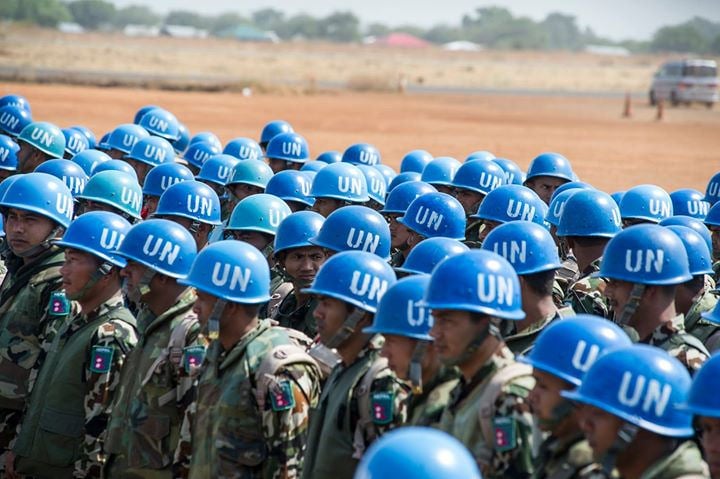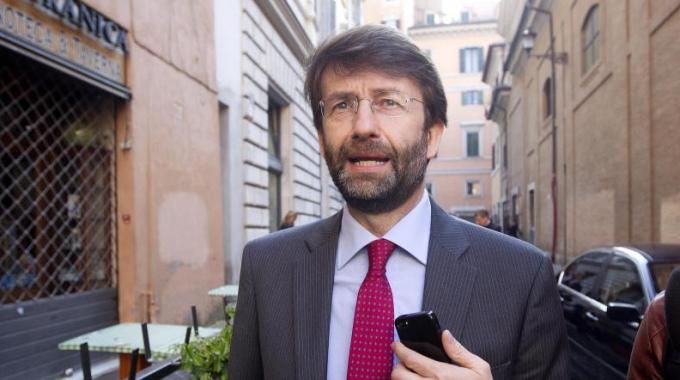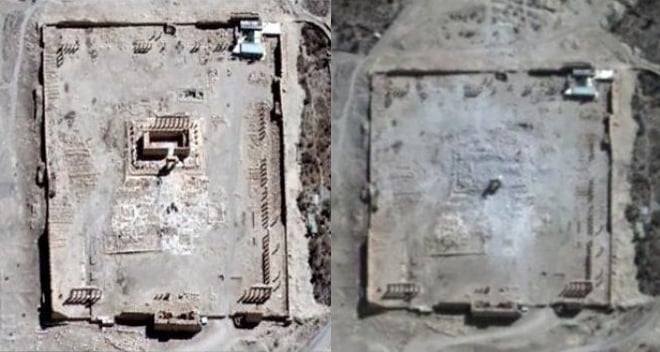Law & Politics
UN to Send Blue Helmet Troops to Protect Heritage Sites from ISIS
The protective measure was put forward by the Italian government.

The protective measure was put forward by the Italian government.

Henri Neuendorf

The United Nations has formally approved the deployment of Blue Helmet troops to guard heritage sites around the world form Islamist extremists.
Italian culture minister Dario Franceschini announced the approval on Saturday. According to AFP, the protective measure was put forward by the Italian government.
“UNESCO has said yes to the Cultural Blue Helmets,” Franceschini said in a statement, adding that 53 countries voted for the deployment of peacekeeping troops to protect threatened cultural sites, including the ancient Syrian city of Palmyra which has been under sustained attack by Islamic State since May.

Italian culture minister Dario Franceschini has led the initiative, urging the UN to act.
Photo: Ansa via qn.quotidiano.net
“Faced with [ISIS] terrorist attacks and the terrible images of Palmyra, the international community cannot stand back and watch,” he continued. Members of the permanent security council reportedly backed the plans.
United Nations peacekeepers—known colloquially as “Blue Helmets” for their distinctive light blue headgear—can learn a lot from Italy’s experience in heritage protection and enforcement, garnered from “training missions around the world,” the minister said.
Italy’s proposal targets “important sites at risk from terrorist attacks, or in war zones, or zones hit by natural disasters where the international community will be able to send Cultural Blue Helmets to protect them or defend them before they can be destroyed.”

Islamist militants have been systematically destroying the ancient Syrian city of Palmyra.
Photo: European Space Imaging/Digital Globe via BBC
Franceschini urged the UN to “immediately define the operational aspects of this international task force.”
Since occupying the city in May, Islamic State has razed several of Palmyra’s historic sites, including the ancient Baal Shamin Temple, the Temple of Bel, and the city’s Roman-era Arch of Triumph.
IS also attracted unilateral condemnation for beheading the 82-year-old antiquities expert Khaled al-Assad, after he refused to divulge the location of priceless artifacts which the militants sought to destroy at the UNESCO World Heritage site.

Satellite imagery of the Temple of Bel in Palmyra both before and after ISIS destroyed it.
Photo: UNOSAT.
Over the course of their campaign of destruction, the terrorists also blew up sites in the Iraqi cities of Nimrud, Hatra, and Khorsabad, an ancient Assyrian city.
Elsewhere, radical Islamists in Mali were accused of destroying historic monuments in the UNESCO World Heritage listed ancient city of Timbuktu. Radical cleric Ahmad al-Faqi al-Mahdi, who reportedly led the destruction, is currently standing trial in front of the International Criminal Court.